Clinton Selby examines how ergonomics in workplace design needs to get with the times
Massive advances in technology have revolutionised the way we work over the past three decades. But, although we look at the typing-pool and the 3 o’clock tea lady as museum pieces now, too many organisations around the globe are sticking to traditional office ergonomics. They fail to look at the Big Picture – how the very nature of work and employees’ needs have changed.
Technology continues to evolve apace, freeing us all up to work anywhere at anytime. Yet there’s still a widespread notion that every employee needs their own designated workstation, where they stay all day, head down. While the classic office still exists, there’s more than one way of getting work done, and office design should reflect this. Here in Christchurch, where there are so many new office buildings springing up, there’s a great opportunity for companies to devote time to consider how to bring their office design into the 21st Century.
Not just about getting the job done
When our grandparents were in the workforce, getting the job done was all-important, and no one really considered the wellbeing of workers. These days, we know that the way to get the best quality work from the workforce is to look after them. People spend an enormous chunk of their lives at work, so environment is key. The right temperature, surroundings, comfort and choice are all factors which can make or break a positive work experience. If people feel nurtured, they’ll be happy. And if they’re happy, they’ll continue to want to come to work and be productive. It’s as simple as that.
Design is more than just easy on the eye
Many of the new office buildings in central Christchurch look impressive, but it’s how they enhance the average worker’s day that’s the acid test. There are no fewer than nine co-working spaces in this city, which is encouraging in theory. But most of them have been designed around how they look, rather than how well they operate. Optimum performance comes from fit-for-purpose environments that match the task. That’s what employees expect today and rightly so.
Sitting versus standing?
We need chairs to sit on at work. Or do we? Humans weren’t designed to sit in the same position eight hours a day, five days a week. Sitting for long periods is bad for posture, can initiate chronic pain and injury, and it can be even worse for morale. Most sports physiotherapist based in London these days, unanimously recommend a desk that can be adjusted to allow you to stand and work? Or even a treadmill desk that enables physical activity while you work? Not everyone’s cup of tea, but sales are showing people are willing to give the idea a go.
Ask the Millennials
Anyone who used a laptop at school and did most of their homework reclining on their bed, will be used to working in a deconstructed style. This cohort group literally grew up with technology and take it in their stride. And they’re understandably excited about what it can do for them. This enthusiasm should be encouraged by making the working environment conducive to productive creativity. A growing proportion of work is now collaborative and social – so the office design needs to reflect that. People like variety, and freedom to move around has been shown to increase creativity, so a selection of places to interact with colleagues, or simply take some quiet time should be a part of every office plan. Bean-bags, hammocks and casual seating should be as much the norm as formal meeting-rooms. And areas where employees take their breaks are particularly important to get right.
Creativity IS play
Great ideas usually take shape in environments where there’s plenty of enthusiasm and no boundaries. It’s playing, really – letting imagination run a little and seeing where it ends up. Sterile, old-fashioned cubicle-style office spaces can be the death knell to inspiration. It’s vital to invest in surroundings which stimulate creative interaction, even if it seems counter-intuitive to blur the edges between work and play, and encourage levity in a place where work must be achieved.
Give ‘em enough rope
Challenging hard-wired concepts of the workplace is hard to do, and it can sometimes feel like a leap into the unknown. But, people of all ages keep up with their work and social commitments in cafés, on public transport or even in queues these days, so the key is to set them free to do so and let them work in ways that suit them. If work is fun and full of variety, it’ll raise everyone’s game and enhance productivity rather than compromising it.
If you would like to talk to me about your office environment and enhancements you could make, please get in touch with me: clinton@ergostyle.co.nz I will be delighted to hear from you.
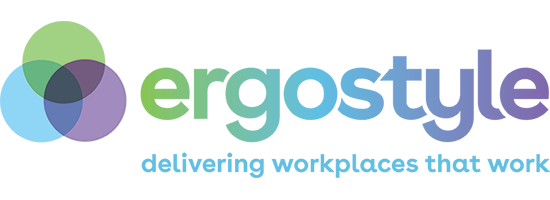
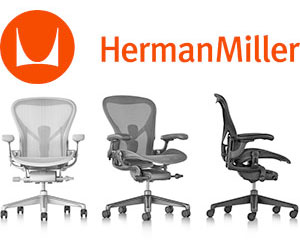
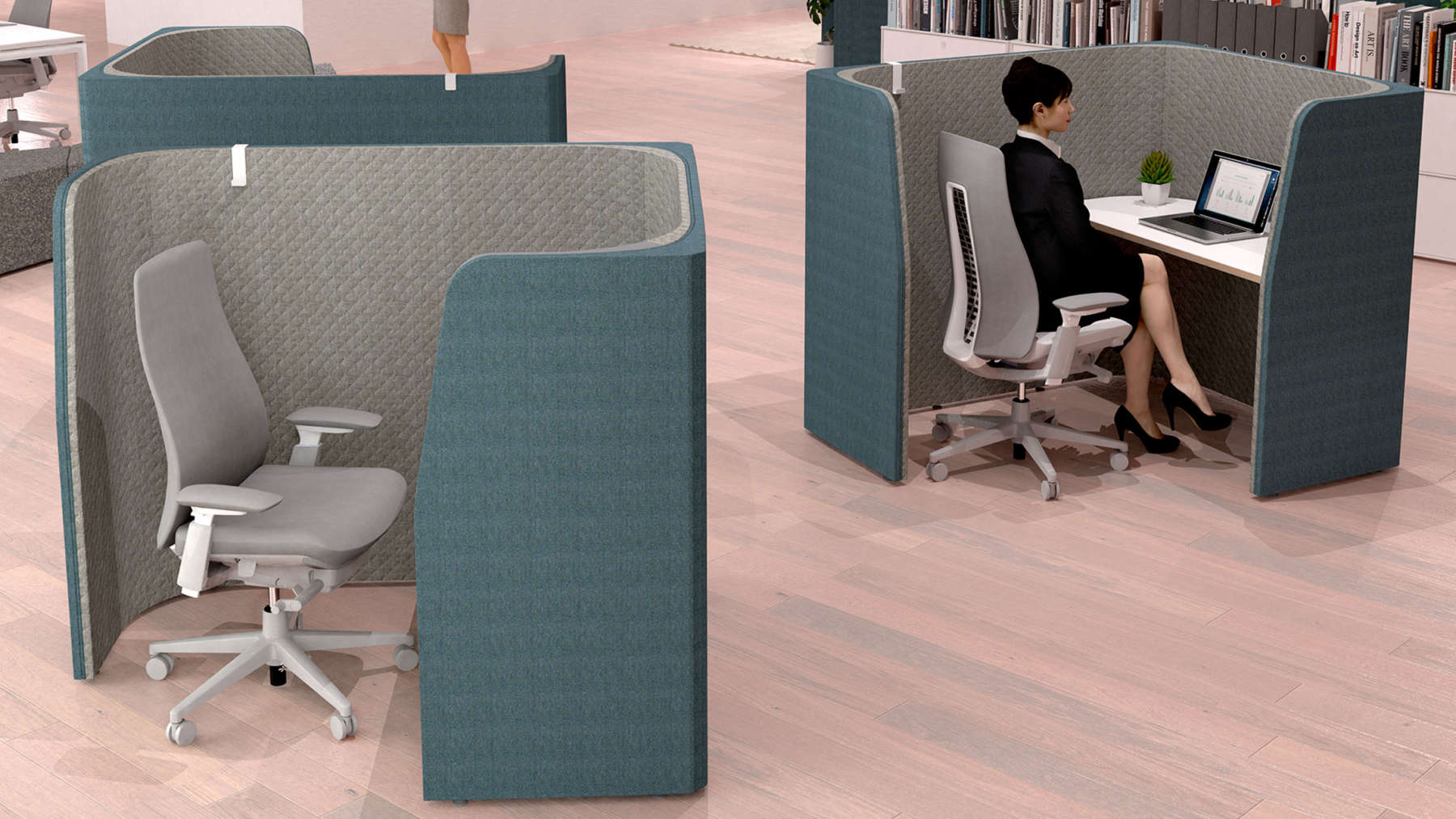
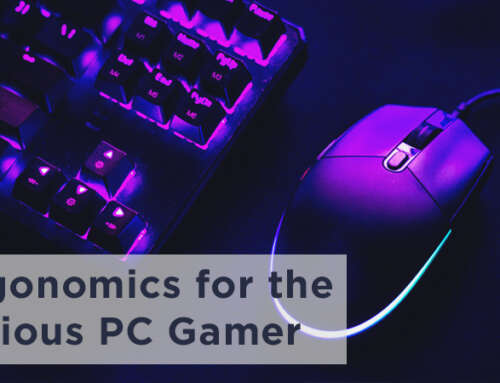
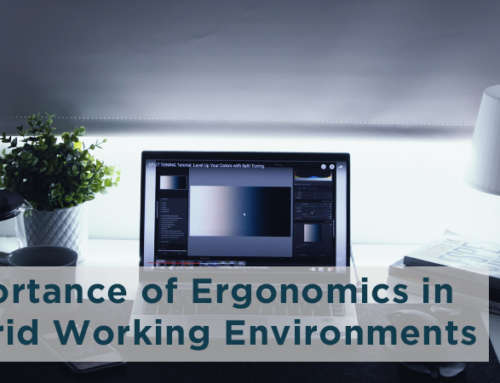
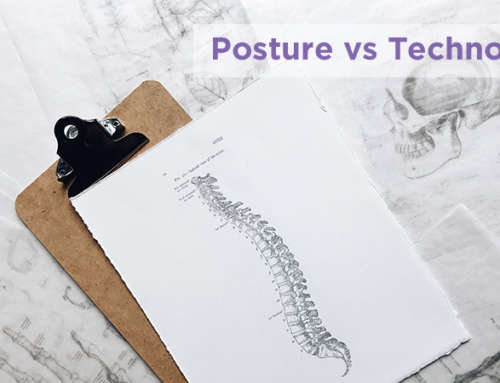
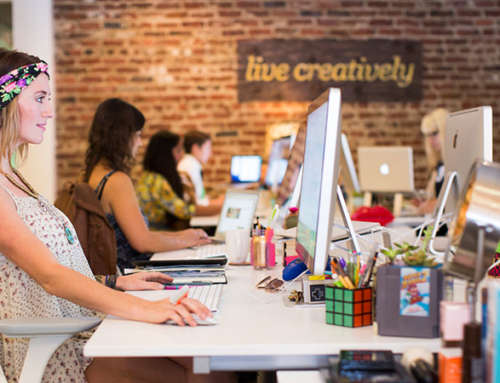
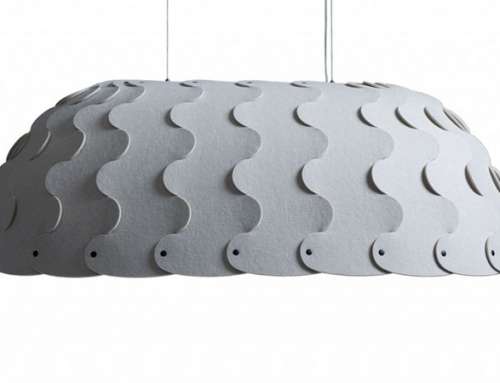
Leave A Comment
You must be logged in to post a comment.